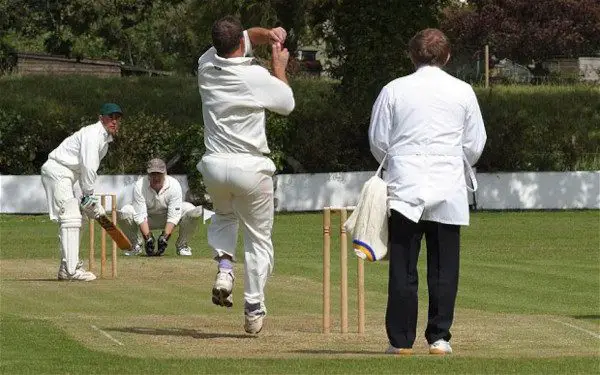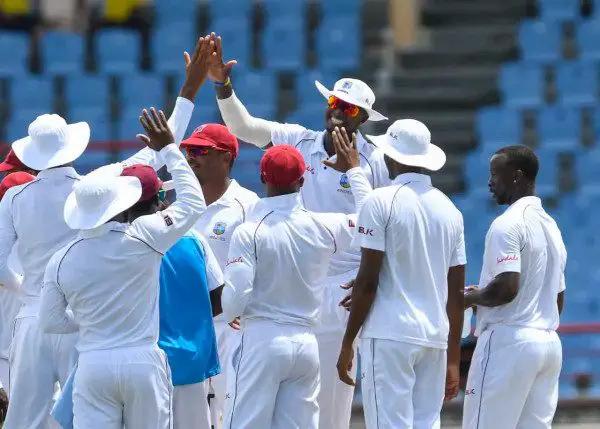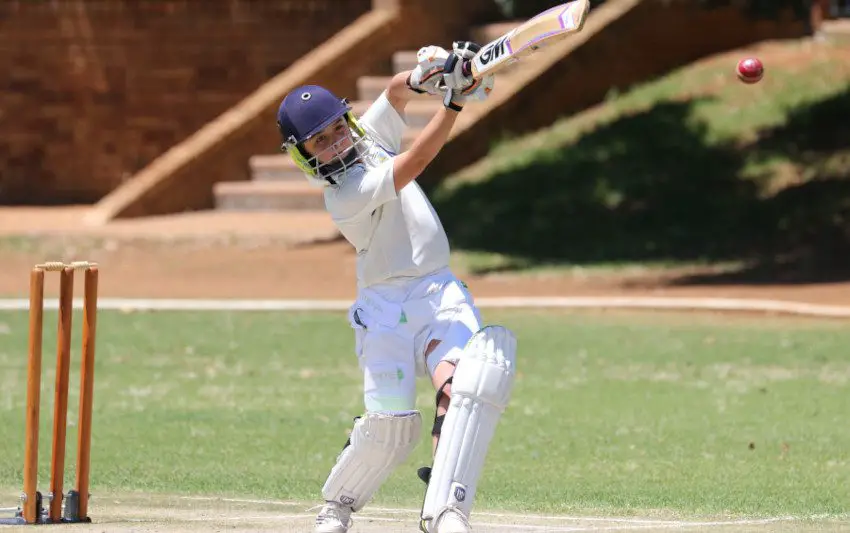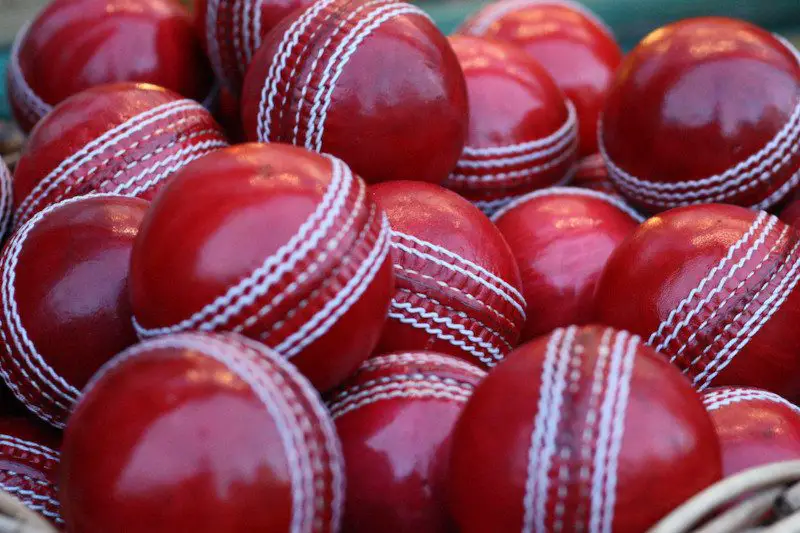Table of Contents
Cricket is a game where tradition plays a big part and there’s nothing more traditional than seeing cricketers dressed in classic white clothing. OK so we have coloured clothes for one day games but white will never be taken away from the sport.
Why Do Cricketers Wear White Clothes in Test Matches?
White is actually a very practical colour for a game that can last up to five days. It helps keep the players cool while they are on the field for hours at a time. It also provides a good contrast to the red ball which is important for everyone’s visibility.
Lastly, there is that question of tradition. Cricket whites are an essential part of the game and that tradition is important to true lovers of the sport.
3 Reasons for Wearing Whites in Test Matches
White clothing remains in test matches and personally I hope that will always be the case. There are some very good reasons for this:

A Contrasting Colour
White contrasts perfectly with other colours that are used for test cricket. There’s the green grass and the red ball (pink for day/night games). White clothing makes it easier for players to see that ball and it helps spectators too – whether they are watching on TV or at a live game.
White Reflects Heat
As a colour, white is best for reflecting, rather than absorbing heat. That may not be so important in a limited overs game which lasts less than a day but, in five day test cricket, it’s vital that the players are comfortable.
Heritage
There is that undeniable element of heritage that comes with cricketers wearing white. Although the game has seen some new innovations in recent years, it tends to stay faithful to tradition when it can and that’s why white is likely to remain in test and first class formats.
The Origin of the Traditional Cricket Uniform
When early forms of cricket matches were played, it seems that the choice of clothing was down to the individual. In the 1700s, single wicket games and ad hoc matches were played and these were informal affairs. Early written records and drawings indicate that players would often turn up wearing jackets, shorts, regular work trousers and shirts.
Clothing could, therefore, be of any colour and description in those early days. Brown and black may have been especially prevalent and that would have made it hard to see the ball.
Things started to change when cricket became organised and professional. There was a need to mark each participant out as a serious cricketer, rather than someone who just turned up on the off chance of a game. White was a preference at the time although there is no written early law stating that this colour must be worn.
It therefore seems that cricket whites evolved over time to the point where they became the regular choice in England’s new County Championship. In time, other leagues and competitions around the world became the accepted uniform and this didn’t change in any format until the 1970s.

Why do Cricketers Wear a Cap?
There is an element of tradition when it comes to wearing a cap. Players are handed a test or county cap and they wear it with pride in future games. It will also protect against the heat of the sun – although a sun hat can also do that job.
Will Test Cricket Ever Allow Coloured Clothing?
It’s impossible to say whether white clothing will disappear from test cricket in future years. Personally I hope it stays, but the sport moves with the times, and there’s no guarantee that it will continue.
As mentioned in this roundup, if white clothing is replaced, another cricket tradition will probably disappear with it. The red ball would become harder to see, and that would mean a change to the white ball.
As we’ve seen in the one day game, the white ball doesn’t swing or seam as much, and those are important weapons for the quicker bowlers. Surely the authorities wouldn’t take these elements from the sport?
I’ve seen a mix of clothing in local club cricket. Some teams stick with white, while others are using different coloured shirts and trousers. In a lot of those games where colours are used, the game tends to be played with a pink ball.
There is much debate about the pink ball too, with some feeling that it moves too much in the air. It therefore seems that the red ball offers the best balance.
Coloured clothing is great for limited overs cricket. It allows fans to wear their colours, buy the replica shirts and support their team. In test and first class matches, however, the white clothing should remain. Test cricket is the biggest challenge in the sport, and there are too many skillful factors that would disappear if the red ball had to be changed.
Closing Thoughts
It’s an iconic image – driving past a village cricket green and seeing players and umpires dressed in whites. For me, it’s important to keep tradition in any sport but we’ve also seen that there are practical reasons for wearing whites in certain forms of the game.
I would concede that coloured clothing is necessary in limited overs cricket. It fits the feel of the shorter forms and it also helps players and fans to see the white ball but test cricket should always see players wearing whites.


